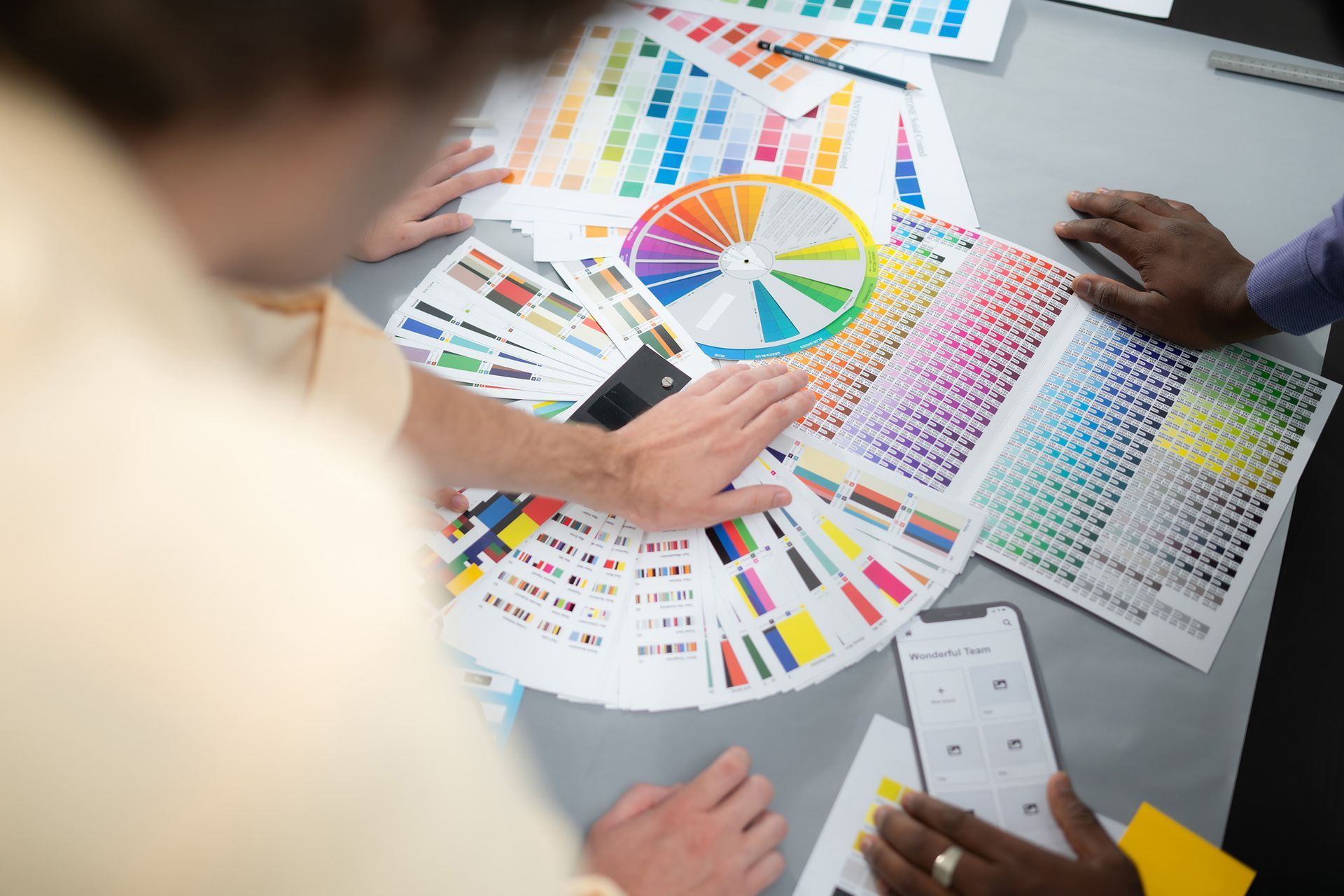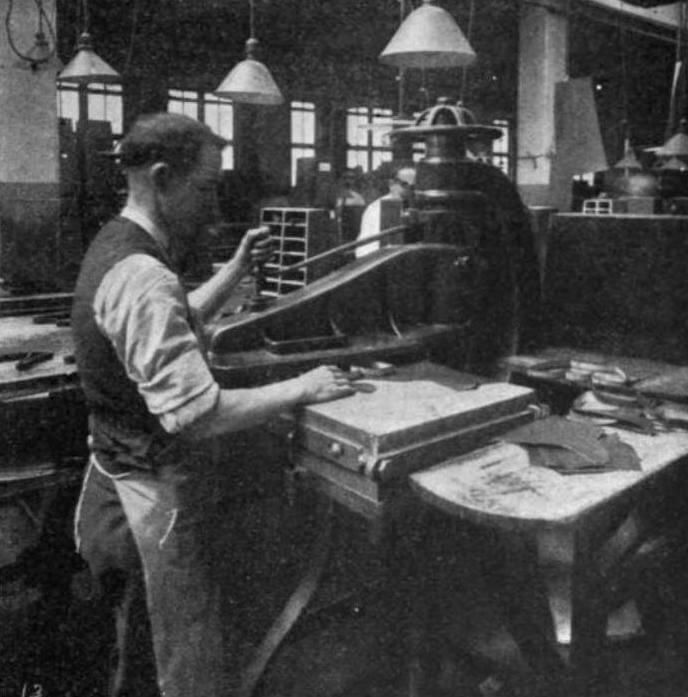The Supply Chain's Influence on Your Choices: From Paper Mills to Creative Masterpieces
The Supply Chain's Influence on Your Choices: From Paper Mills to Creative Masterpieces

As a professional in the creative, print, or marketing industry, your journey is often influenced by more than just your imagination and tools. The supply chain plays a crucial role, especially when it comes to one of the most fundamental materials in the print industry: paper. In this blog, we’ll dive into the fascinating world of paper mills, explore their history, current challenges, and future outlook, and how all of this affects your choices and decisions.
A Brief History of Paper Mills
Paper mills have been around for centuries, evolving from rudimentary hand-made processes to sophisticated manufacturing giants. The first recorded paper mill was established in Baghdad around 794 AD. Fast forward to the 19th and 20th centuries, paper mills proliferated across Europe and North America, becoming cornerstones of industrial development. These mills produced everything from newsprint to fine art paper, fueling both mass media and creative expression.
Current Challenges Faced by Paper Mills
Today, paper mills are navigating a complex landscape. Rising costs of raw materials, environmental regulations, and the shift towards digital media have all impacted production. According to a report by McKinsey, many mills are reducing their product lines, focusing only on high-demand items to remain profitable. The COVID-19 pandemic further strained the industry, causing disruptions in the supply chain and affecting global production capacities.
The Global Shift in Paper Production
It's essential to recognize that Europe and North America are no longer the sole major players in paper production. A significant portion of paper is now being manufactured in India and Asia. These regions are emerging as critical hubs for the paper industry due to their growing economies and investments in manufacturing infrastructure. For those concerned with the origin of their paper products, it’s increasingly important to pay attention to paper brands and the countries they originate from.
The Future Outlook of Paper Mills
Despite these challenges, the future isn't bleak. There is a growing trend towards sustainable production. Mills are investing in recycled materials and eco-friendly processes. Innovations in biotechnology are leading to the development of tree-free paper, using sources like hemp and agricultural waste. These advancements not only help in reducing the environmental footprint but also open up new avenues for creative applications.
Impact on Creative, Print, and Marketing Professionals
So, what does this mean for you? The availability of certain types of paper can significantly influence your project choices. For instance, if a mill discontinues a particular high-quality cardstock, you may need to seek alternatives, potentially affecting the texture and feel of your printed materials. Conversely, the introduction of new, sustainable papers can inspire eco-friendly designs that resonate with environmentally-conscious clients.
Advancements Benefiting Creatives
There are exciting advancements in the paper industry that can directly benefit creatives, printers, and marketers. Digital paper, which can be written on and erased multiple times, is gaining popularity. This innovation is perfect for prototyping and brainstorming sessions. Additionally, advancements in paper coatings are enhancing print quality, allowing for more vibrant colors and sharper images, a boon for any professional in the industry.
Conclusion: Embrace the Change
Understanding the supply chain and its impact on paper availability can help you make informed decisions and stay ahead of industry trends. Keep an eye on the evolving landscape of paper mills, and don’t be afraid to experiment with new materials. After all, every challenge is an opportunity for innovation.
So, the next time you pick up a sheet of paper for your next project, remember the journey it has taken and how it connects the past, present, and future of your professional endeavors.
References
- McKinsey: The paper and forest-products industry is receding from the pandemic Link
- Print Industry 2024 and Beyond: What the Future Looks Like Link
- The Future of Paper: New Developments in Print Media Link Link















